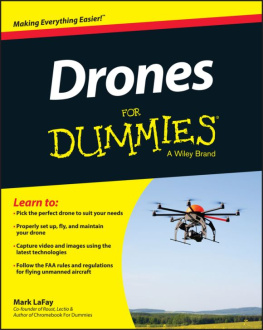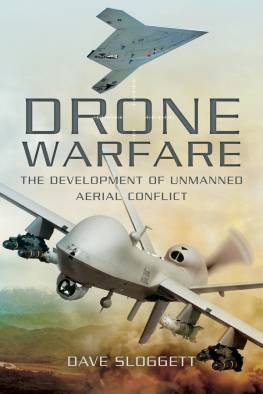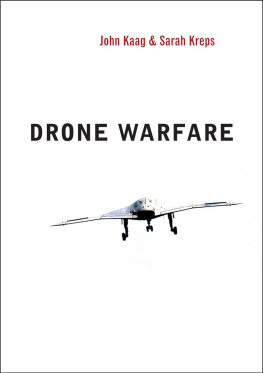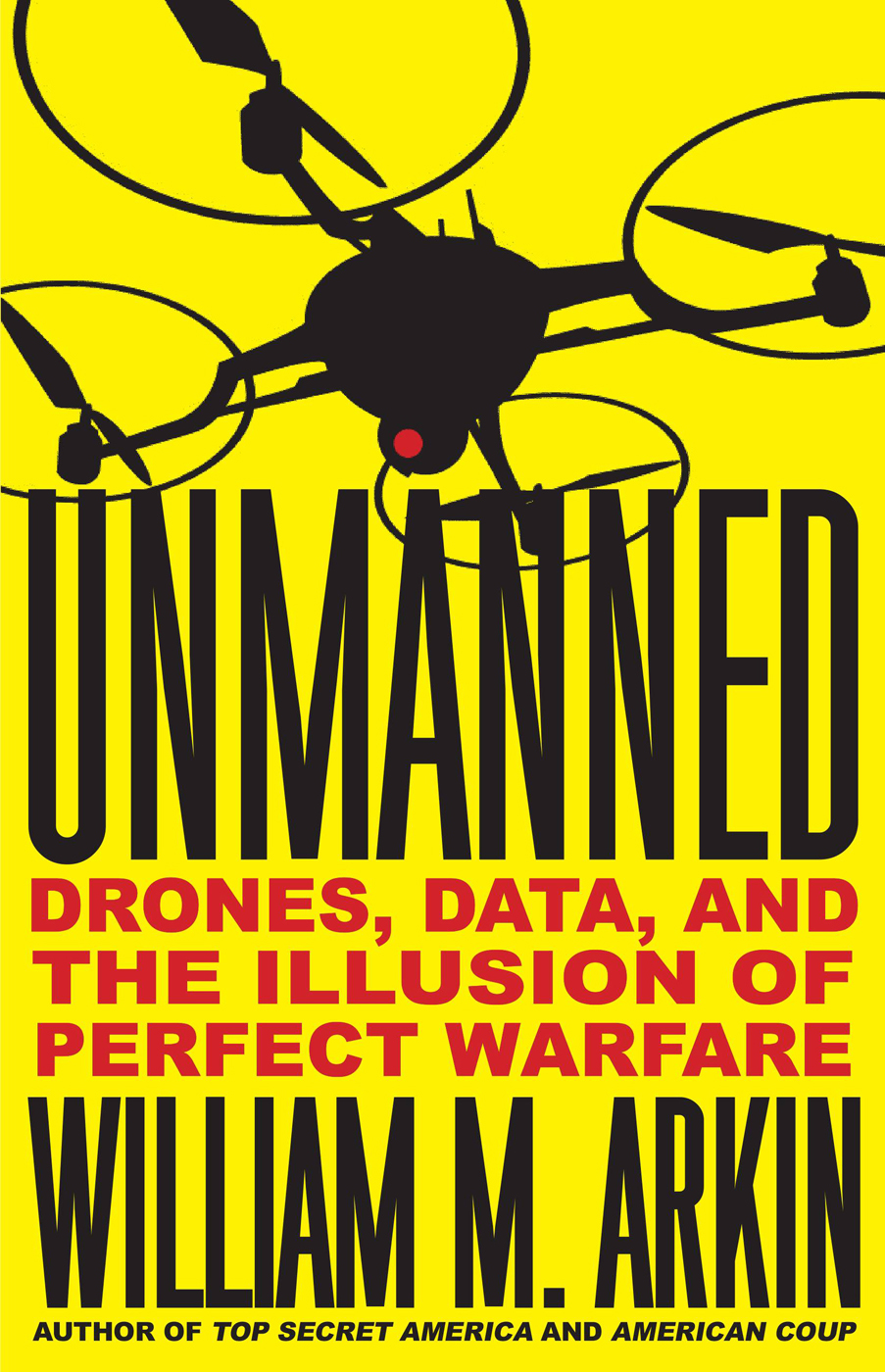Thank you for buying this ebook, published by HachetteDigital.
To receive special offers, bonus content, and news about ourlatest ebooks and apps, sign up for our newsletters.
The characters and events in this book are fictitious. Any similarity to real persons, living or dead, is coincidental and not intended by the author.
Copyright 2015 by William M. Arkin
Author photograph by Luciano Frigerio
Cover design by Archie Ferguson
Cover copyright 2015 by Hachette Book Group, Inc.
All rights reserved. In accordance with the U.S. Copyright Act of 1976, the scanning, uploading, and electronic sharing of any part of this book without the permission of the publisher is unlawful piracy and theft of the authors intellectual property. If you would like to use material from the book (other than for review purposes), prior written permission must be obtained by contacting the publisher at permissions@hbgusa.com. Thank you for your support of the authors rights.
Little, Brown and Company
Hachette Book Group
1290 Avenue of the Americas, New York, NY 10104
littlebrown.com
twitter.com/littlebrown
facebook.com/littlebrownandcompany
First ebook edition: July 2015
Little, Brown and Company is a division of Hachette Book Group, Inc. The Little, Brown name and logo are trademarks of Hachette Book Group, Inc.
The Hachette Speakers Bureau provides a wide range of authors for speaking events. To find out more, go to hachettespeakersbureau.com or call (866) 376-6591.
The publisher is not responsible for websites (or their content) that are not owned by the publisher.
ISBN 978-0-316-32336-9
E3
American Coup: How a Terrified Government Is Destroying the Constitution
Top Secret America: The Rise of the New American Security State with Dana Priest
Divining Victory: Airpower in the 2006 Israel-Hezbollah War
Code Names: Deciphering U.S. Military Plans, Programs, and Operations in the 9/11 World
Operation Iraqi Freedom: 22 Historic Days in Words and Pictures with Marc Kusnetz and General Montgomery Meigs
The U.S. Military Online: A Directory for Internet Access to the Department of Defense
Encyclopedia of the U.S. Military with Joshua Handler, Julie A. Morrissey, and Jacquelyn Walsh
Nuclear Weapons Databook: Volume IVSoviet Nuclear Weapons with Thomas B. Cochran, Robert S. Norris, and Jeffrey I. Sands
Nuclear Weapons Databook: Volume IIIU.S. Nuclear Warhead Facility Profiles with Thomas B. Cochran, Milton M. Hoenig, and Robert S. Norris
Nuclear Weapons Databook: Volume IIU.S. Nuclear Warhead Production with Thomas B. Cochran, Milton M. Hoenig, and Robert S. Norris
Nuclear Battlefields: Global Links in the Arms Race with Richard Fieldhouse
S.I.O.P.: The Secret U.S. Plan for Nuclear War with Peter Pringle
Nuclear Weapons Databook: Volume IU.S. Nuclear Forces and Capabilities with Thomas B. Cochran and Milton M. Hoenig
Research Guide to Current Military and Strategic Affairs
To Rikki and Hannah, Luciana for everything; and Watt, for making me think deeper about Gilgamesh
Only Shamash the hero crosses the ocean:
apart from the Sun God, who crosses the ocean?
T ABLET X, E PIC OF G ILGAMESH
H eld up by three lawn mowersized wheels, two of them attached to the slimmest of metal poles bolted to its fuselage and the front one strengthened by struts and shock absorbers, the Predator drone has been described as spindly, as if something weighing more than a ton and standing higher than a tall man, with wings extending the length of four automobiles, should nevertheless be thought of as fragile. The lone push propeller at the rear gives off the familiar whirr and swoosh of a baseball bat, and the engine whines away as it prepares for takeoff. The drones body is all curves and humps, with that unmistakable rotating bug eye protruding under the cockpit up front, except that there is no cockpit, just as there is no pilot on board.
With its characteristic inverted-V tail, the drone trundles down the taxiway looking from a distance like any commuter plane, slightly flapping as the body turns. But when it takes off, with surprisingly little runway, those long wings capture the friction just perfectly to provide lift. Every second of every day, about fifty of these Predator-type drones are airborne worldwide, over Afghanistan and Pakistan, quietly flying over Yemen or Syria, working in Africa and Latin America, patrolling the US border, monitoring the oceans, conducting civilian and scientific missions These airplane-sized drones, which have become so much the staple of American military power, have amassed over a million flight hours in the past decade, hardly the toil of something fragile. They fly at an altitude of 15,000 to 40,000 feet and can stay airborne for as many as forty-five hours. Though they have been flying for over twenty years, they are also hardly static. Constantly updated models and accessorized packages leave the secret showrooms for duty, videotaping anything that goes on below, some even in high-definition. They have sensors that can see both day and night, in clear weather or in sandstorms, at narrow views or at wide ones. Some contain equipment that can listen in to radio and cell phone communications, even precisely locate where these communications are coming from.
The US military operated fewer than 200 unmanned aerial vehiclesdrones
Though one might conclude from the global drone debate France has even flown its own lethal drone missions in Africa. Smaller countries strapped for manpower but heavily invested in their militariesIsrael, Taiwan, South Korea, Singapore, and the United Arab Emirates, to name a fewplay an outsized role in unmanned research, development, and adoption. The unlikeliest of US allies in the war against terrorBurundi, Uganda, Yemen, and of course Afghanistan and Iraqfly American-made drones. China, Russia, Iran, and North Korea have healthy unmanned programs and innumerable growing inventories. And all these countries dont just have the drones: China uses them to spy on Japan near disputed islands in Asia. Bolivia uses them to spot coca fields in the Andes. Hamas in the Palestinian territories and the Lebanon-based Hizballah state-within-a-state both have and have used Iranian-made drones, Hamas even armed ones. Even NATO ally Turkey pilots drones that increasingly cross its neighbors borders, American style.
Meanwhile, the unmanned civilian market quickly evolves into law enforcement, scientific research, industrial and consumer services, education, and even entertainment. Border agencies and local police have begun emulating their military brethren in acquiring drones not just for bomb disposal and other dangerous missions, but also for intelligence collection and surveillance. UAVs are playing greater and greater roles in agriculture, in weather forecasting, in identifying and locating forest fires and oil pipeline leaks, in assisting archeological and environmental research, and in relaying radio signals, and are increasingly present in businesses from real estate to journalism.










